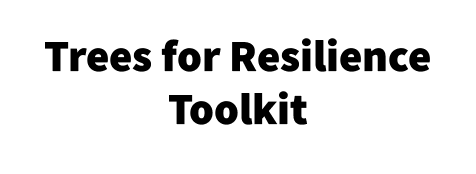TACOMA SUCCESS STORY
Tacoma’s journey toward becoming a model large community, growing trees for resilience, began with a clear need to work with stakeholders and develop a collaborative urban forestry plan for the whole city. State funding for planning and projects along with regional initiatives and supportive champions enabled the city program to grow and establish more community partnerships and opportunities for co-design and stewardship.
Throughout the decades, Tacoma’s program has benefited from multiple funding opportunities and the support of community partners and champions. Whether cities are large or small, they can learn from Tacoma’s journey and continued evolution to develop a sustainable urban forestry program using the multiple components of the FERTILE SOIL outlined in this Trees for Resilience Toolkit.
Below is a timeline outlining the development of Tacoma’s urban forestry program and its evolution since the original 1992 Urban Forest Management Plan.
